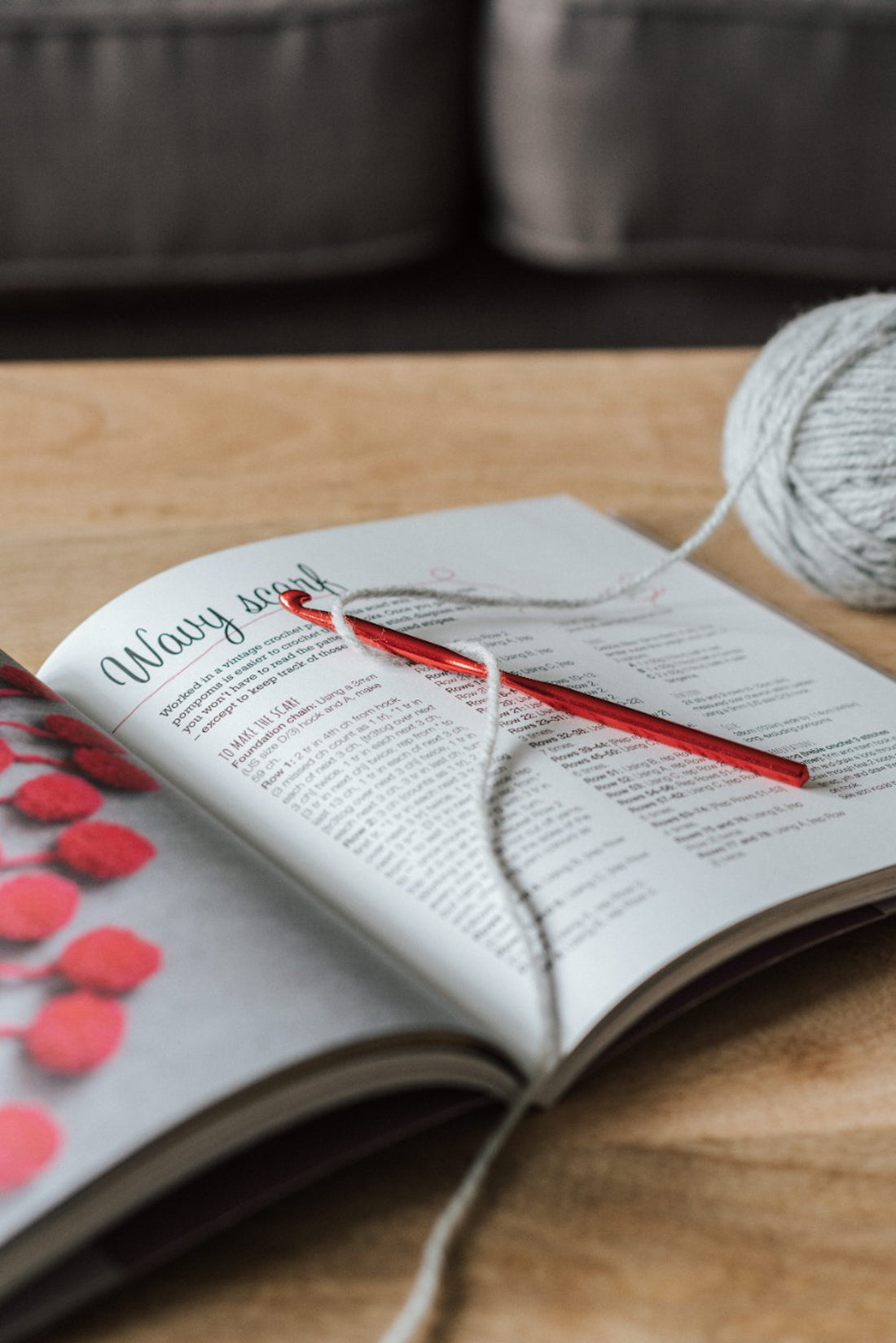When we think of knitting, 90% of people think of a sweet granny with her two spinning needles next to a ball of yarn. A rather cliché scene, but if we analyze it in depth it tells us a little about the history and the time that this form of weaving has been around.
The art of weaving is one of the manual activities that has been practiced for several centuries, where its origin is attributed to different tribes and countries around the world. For example, if we talk about Crochet specifically, it can be a bit confusing if there is only one referent to which the total origin of this type of fabric is attributed, because there are several theories about it. One of them is commented by Annie Potter, an expert in the world of crochet and a main reference in the modern art of crochet, known to this day. According to Annie, the origin of this technique occurred in France, where it was known as "crochet lace " - The word crochet corresponds to a diminutive of "croché" that is related to the German "croc" which means "hook" .

Another of the origins of the crochet technique to consider, is commented by the researcher, Lis Paludan, she says that it could have originated in Arabia, with expansion towards the east of Tibet and then to the west of Spain, heading along the Arab commercial routes until some Mediterranean countries. On the other hand, it is said that crochet came from South America, thanks to a tribe that was surprised using accessories with this type of fabric for their puberty ritual. Finally, in China, references were also found thanks to the creation of three-dimensional dolls, woven using this same technique.
But what is really important here is not so much who was the first to discover it, but rather the evolution it has had over the years. It went from being an exclusive activity for the elderly to engaging many young people of the new generation, yes, adapting it to fashion trends for the current market niches, this impulse to achieve growth within the community of weavers, doing it every increasingly diverse, which is favorable for its prevalence over time.
Know some types of fabrics
There are currently many techniques with variation in regards to the fabric, since they seek to achieve various styles where each one is particularly adapted to shape the figure that you want to achieve. Here at VAVIG we focus to a greater extent on the crochet technique, but there are other techniques and within them an infinity of styles that, to tell the truth, if we talk about all of them, this article would be very extensive, so we are only going to mention some of the most used. and known within the world of weaving, then we have Crochet, Two needles and Macramé or Loom.


As we mentioned, our brand is particularly focused on the practice of crochet, but why limit ourselves? You will think, we really do not see it that way, but rather as a specialized approach, since as the saying goes "He who covers a lot, does not squeeze" and it is true, sometimes knowing a little about each thing is not so useful, while that being an expert in a single subject or technique, as in this case, will give you greater credibility and expertise to make your designs better and better.
So let's go back, what is crochet?
Basically, a manual weaving where it is only necessary to have as main elements to start, thread and a weaver hook, this technique consists of making chains where one is attached to the other, something like a brick wall where one goes after another to create that staggered effect.
As for the other techniques, their main differentiator lies in the materials used when weaving, when we refer to the Two-needle technique it is because its materials are literally only two needles, and depending on the style, a cable that joins.
On the other hand, Macramé does not require needles but your hands, yes, this technique is focused on knots, where the loom uses a complex structure that involves hands and feet. This technique is a cultural and artisan conservation of our ancestors, which turns out to be quite traditional in various places of our beautiful Mexico.

